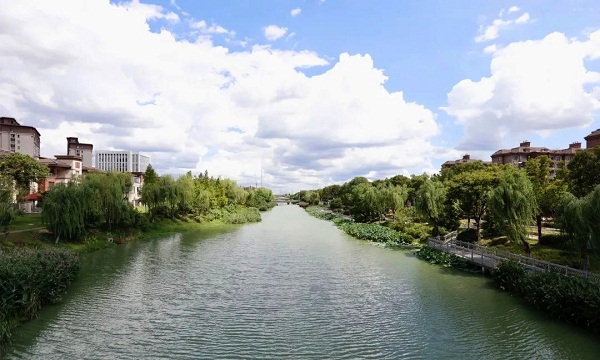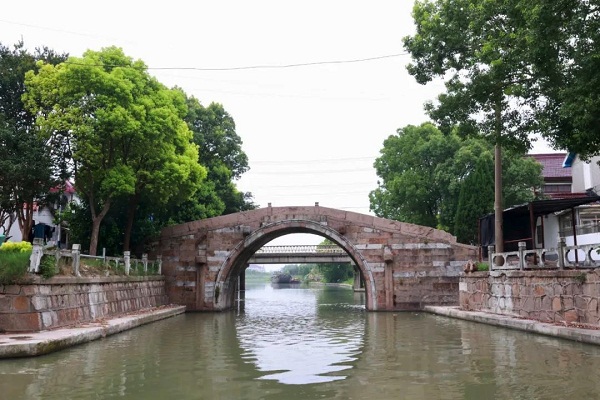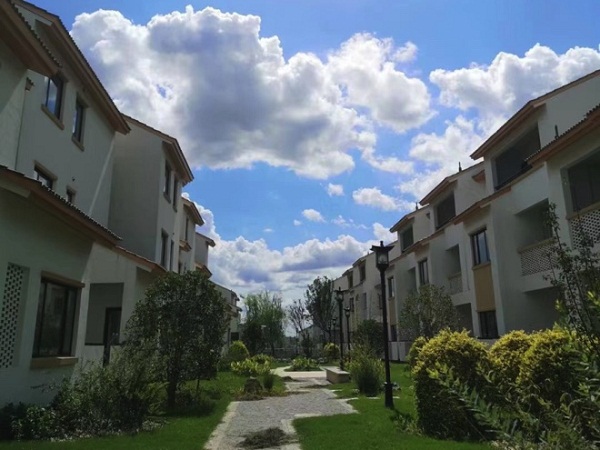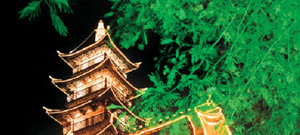Waigang town in Shanghai's Jiading district was known as the "ancient Bund of Shanghai" and is home to Yantietang Pond, Gupu River and Lianqi River.
In recent years, Waigang town has stepped up efforts to upgrade its landscape view of a traditional Jiangnan (south of the Yangtze River) water village. Let's take a look.
 |
|
Alongside the river bank in Waigang town are lines of green trees, sightseeing platforms and trestles. [Photo/jiading.gov.cn] |
Starting from Xiaohengli River, the green trees, sightseeing platforms and trestles appear along the river bank.
In recent years, Waigang town has been promoting the "clean water basin" and working to improve its river water quality to meet the four standards and the urban sewage treatment rate reaching 100 percent during the 14th Five-Year Plan (2021-25) period. This has been done through the implementation of the "river chief system," in which government officials are assigned to take charge of protecting waterways in their area.
Wuxing Temple, which is located on the bank of Yantietang Pond, is regarded as one of Jiangnan's top three temples.
 |
|
Wangxian bridge, a single-hole stone arch bridge originally built in the Ming Dynasty (1368-1644) and rebuilt during the 18th year of Emperor Qianlong in the Qing Dynasty (1644-1911). [Photo/jiading.gov.cn] |
Gelong village, where rural vitalization has significantly altered the community in recent years, can be reached when one travels north along Yantietang Pond. Along the river bank, there are rows of recently constructed and renovated homes.
The waterway flows south and approaches Zhoujing village, which boasts recent rural vitalization based on its own resources. The village has encouraged the improvement of living conditions, the integration of rural industries, and the cultivation of fresh inspirations for rural vitalization.
 |
|
Zhoujing village in Waigang town takes on a new look through rural vitalization. [Photo/jiading.gov.cn] |


